![[Photo] Red cotton flowers - lighting up the sky in March photo 1](https://image.nhandan.vn/w2000/Uploaded/2025/buimsbhvsricbu/2025_04_08/ndo_br_1b-mua-hoa-gao-6077-4373.jpg.webp) |
Standing silently at the village entrance, the ferry or the communal house yard, the kapok tree is like a silent witness of the Northern countryside. |
![[Photo] Red cotton flowers - lighting up the sky in March photo 2](https://image.nhandan.vn/w2000/Uploaded/2025/buimsbhvsricbu/2025_04_08/ndo_br_7-mua-hoa-gao-7112-4613.jpg.webp) |
Not only beautifying the spring sky, the red cotton flower also preserves community memories, connecting life and culture in Vietnamese villages. |
![[Photo] Red cotton flowers - lighting up the sky in March photo 3](https://image.nhandan.vn/w2000/Uploaded/2025/buimsbhvsricbu/2025_04_08/ndo_br_2-mua-hoa-gao-7048-5354.jpg.webp) |
Many villages consider the kapok tree a “historical landmark” - both symbolic and a spiritual fulcrum that unites the community. |
![[Photo] Red cotton flowers - lighting up the sky in March photo 4](https://image.nhandan.vn/w2000/Uploaded/2025/buimsbhvsricbu/2025_04_08/ndo_br_3-mua-hoa-gao-3279-5267.jpg.webp) |
When spring has faded and summer has come, the kapok tree sheds all its leaves, leaving behind bare branches that stretch up to dye the sky red. |
![[Photo] Red cotton flowers - lighting up the sky in March photo 5](https://image.nhandan.vn/w2000/Uploaded/2025/buimsbhvsricbu/2025_04_08/ndo_br_hoa-gao-dai-dien-672-8707.jpg.webp) |
From the old tree trunks, clusters of bright red flowers bloom. |
![[Photo] Red cotton flowers - lighting up the sky in March photo 6](https://image.nhandan.vn/w2000/Uploaded/2025/buimsbhvsricbu/2025_04_08/ndo_br_4-mua-hoa-gao-8704-8848.jpg.webp) |
Kapok flower season - lighting up the sky in March. |
![[Photo] Red cotton flowers - lighting up the sky in March photo 7](https://image.nhandan.vn/w2000/Uploaded/2025/buimsbhvsricbu/2025_04_08/ndo_br_5-mua-hoa-gao-8657-7913.jpg.webp) |
At the end of March, flowers fall into a red carpet under the old trees, decorating the countryside with a brilliant and peaceful beauty. |
![[Photo] Red cotton flowers - lighting up the sky in March photo 8](https://image.nhandan.vn/w2000/Uploaded/2025/buimsbhvsricbu/2025_04_08/ndo_br_6-mua-hoa-gao-587-9082.jpg.webp) |
The petals touched the ground, bright red like small streaks of fire along the roadside, quietly preserving a bit of peace in the flow of spring. |
![[Photo] Red cotton flowers - lighting up the sky in March photo 9](https://image.nhandan.vn/w2000/Uploaded/2025/buimsbhvsricbu/2025_04_08/ndo_br_5c-mua-hoa-gao-845-1598.jpg.webp) |
Red March - the bridge between spring and summer. |
![[Photo] Red cotton flowers - lighting up the sky in March photo 10](https://image.nhandan.vn/w2000/Uploaded/2025/buimsbhvsricbu/2025_04_08/5-b-mua-hoa-gao-6037-3422.jpg.webp) |
The red flower season dyes the countryside with a color that is both brilliant and quiet. |
![[Photo] Red cotton flowers - lighting up the sky in March photo 11](https://image.nhandan.vn/w2000/Uploaded/2025/buimsbhvsricbu/2025_04_08/ndo_br_7d-mua-hoa-gao-6670-2374.jpg.webp) |
From the old village corners to the modern city, the red cotton flowers not only dye the space red but also light up the memories and bright colors of Vietnamese culture. That red color is the bridge connecting tradition with modernity, preserving the identity of the homeland amidst the flow of urban life that is changing day by day. |
Source: https://nhandan.vn/anh-hoa-gao-thap-lua-troi-thang-ba-post870925.html


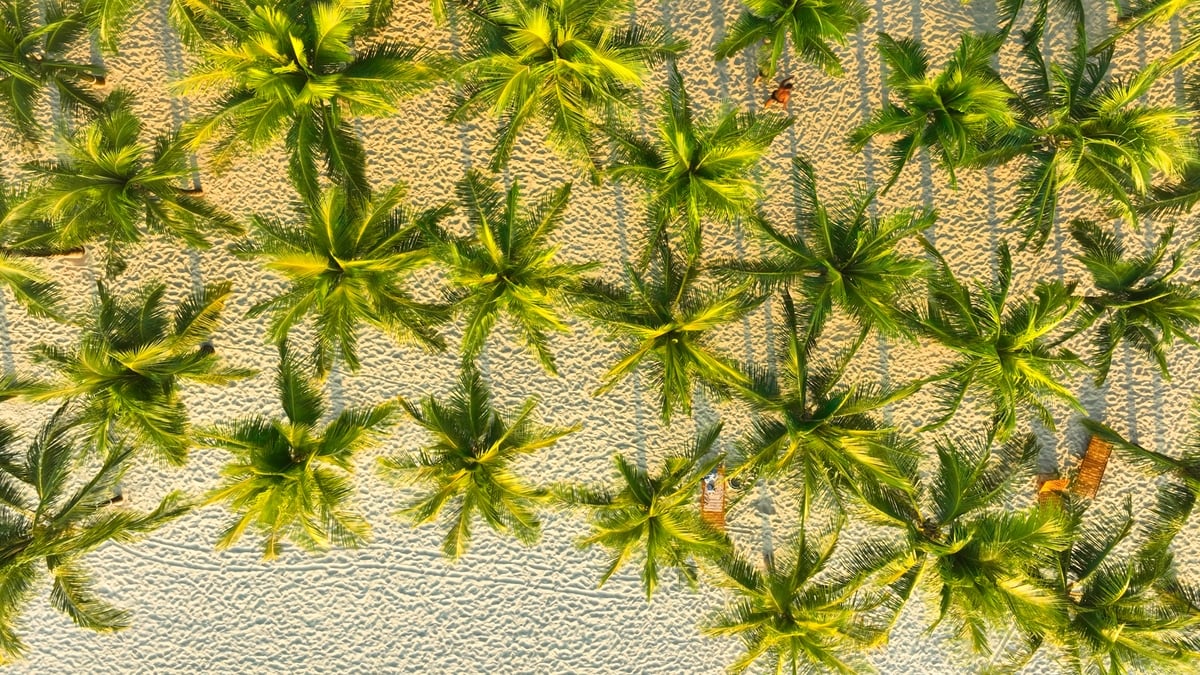






















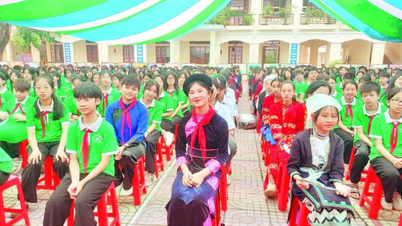
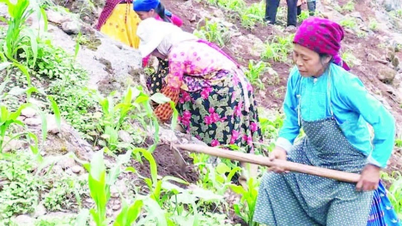
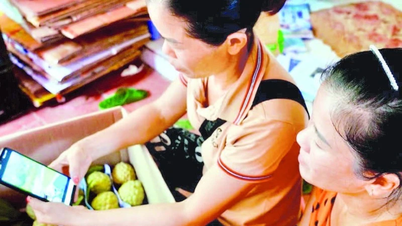








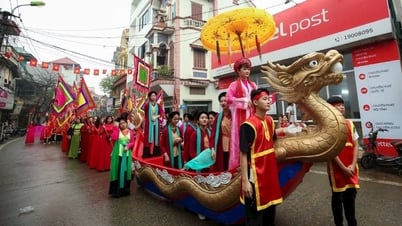
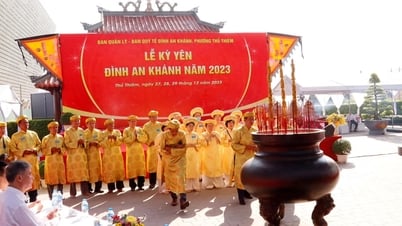

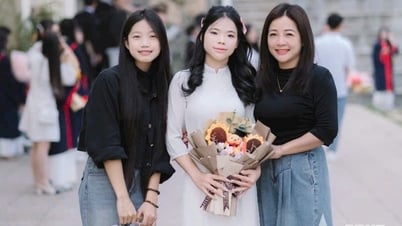




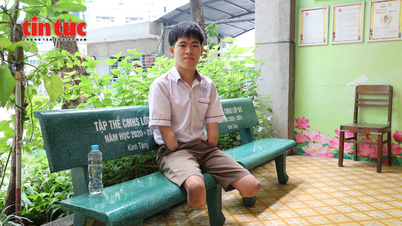

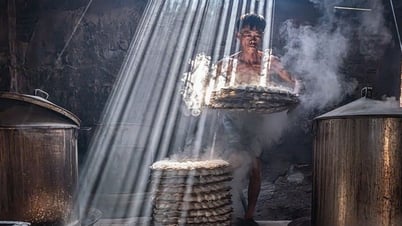





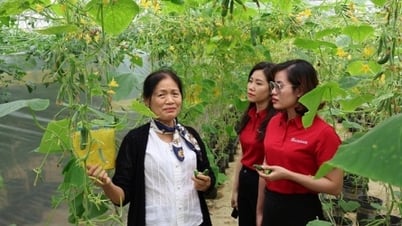
















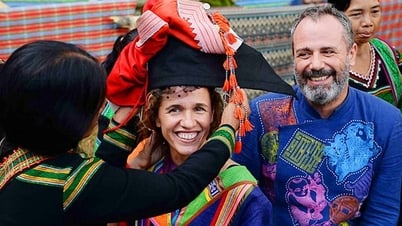
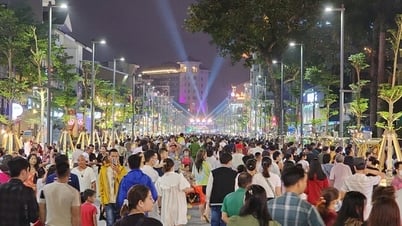



![[OCOP REVIEW] Bay Quyen sticky rice cake: A hometown specialty that has reached new heights thanks to its brand reputation](https://vphoto.vietnam.vn/thumb/402x226/vietnam/resource/IMAGE/2025/7/3/1a7e35c028bf46199ee1ec6b3ba0069e)




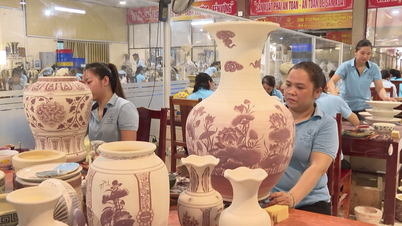

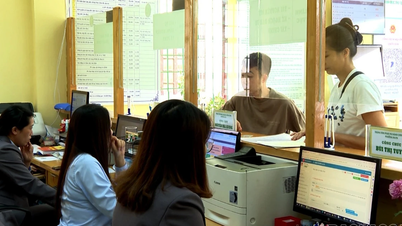





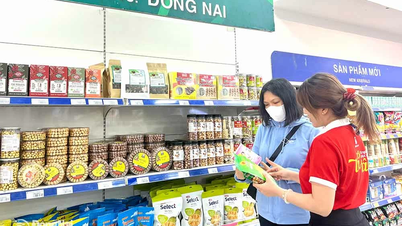



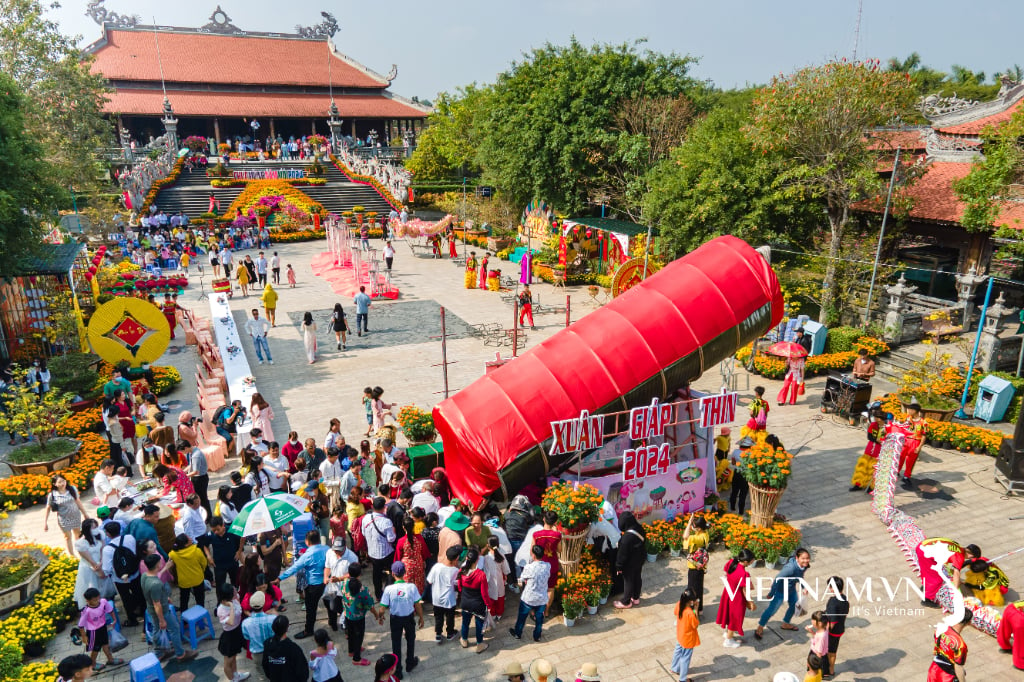


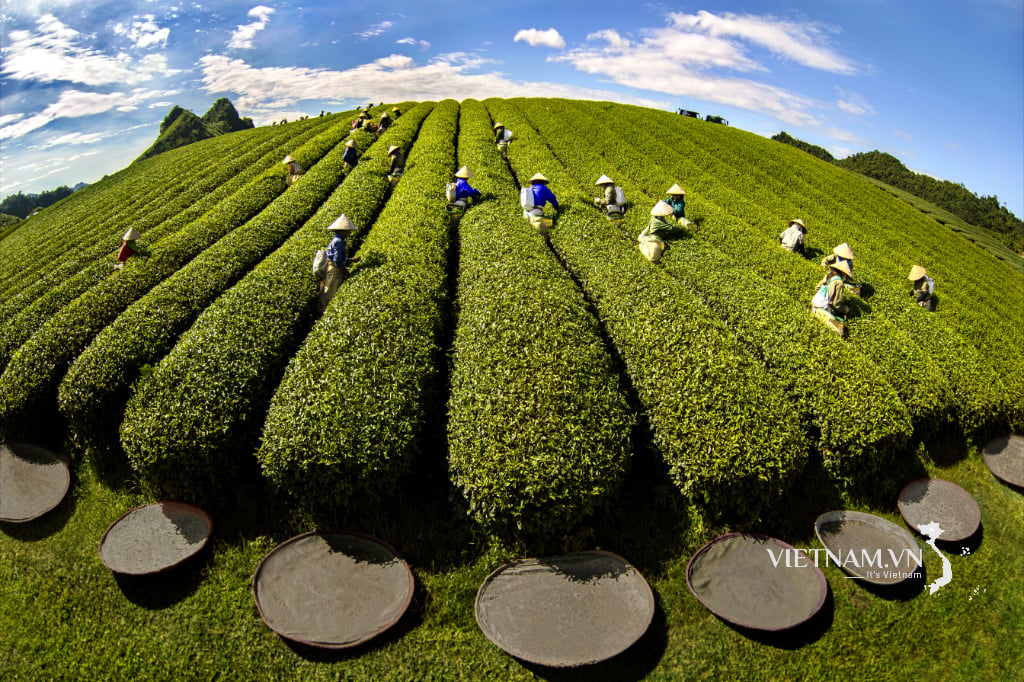
Comment (0)